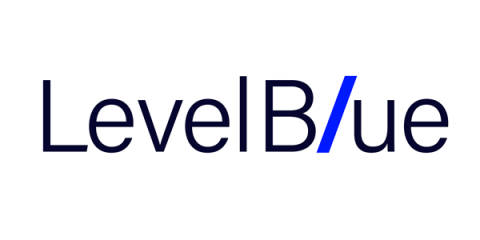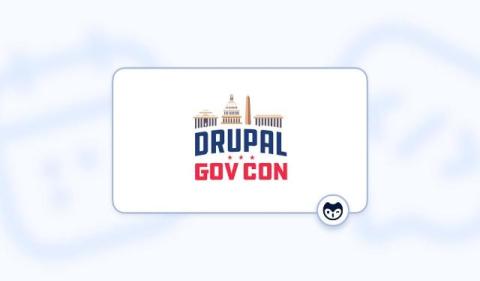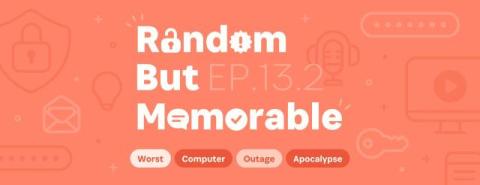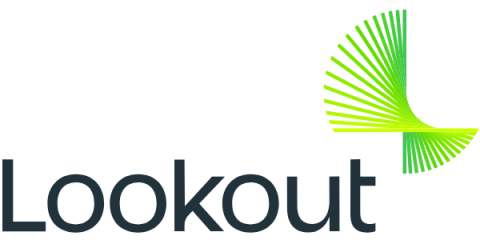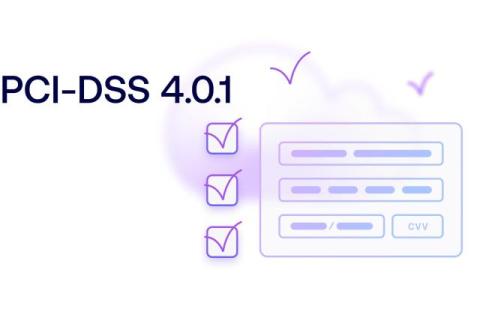Here's How Phishing Messages Break Through Email Filters
Phishing is an email-borne malicious technique aimed at learning the sensitive credentials of users or spreading malware. This practice has been on the list of the top cyber threats to individuals and businesses for years. According to the latest Phishing Activity Trends Report by APWG, the total number of phishing attacks identified in Q1 2024 exceeded 963,000.


